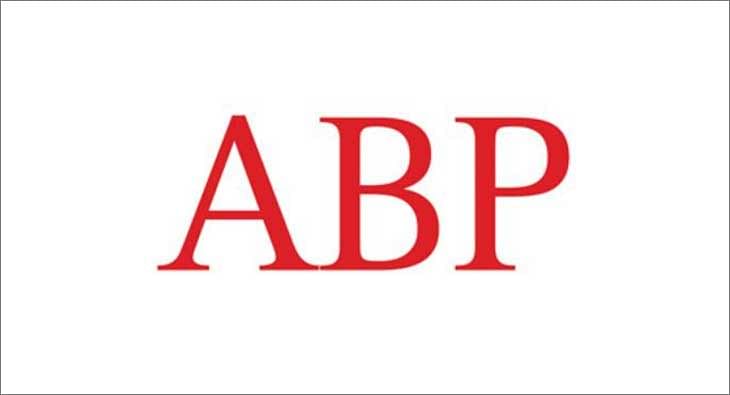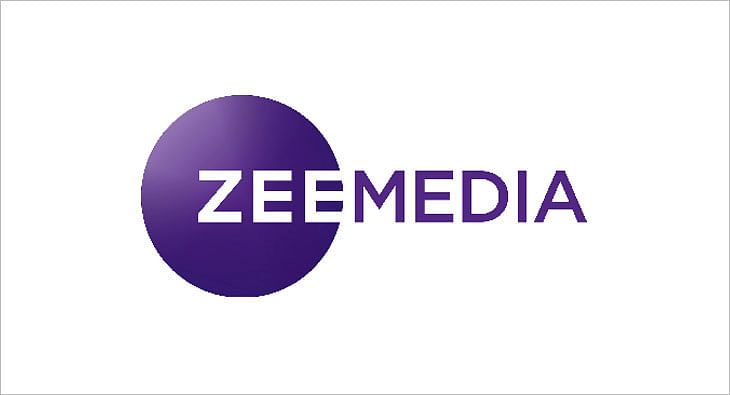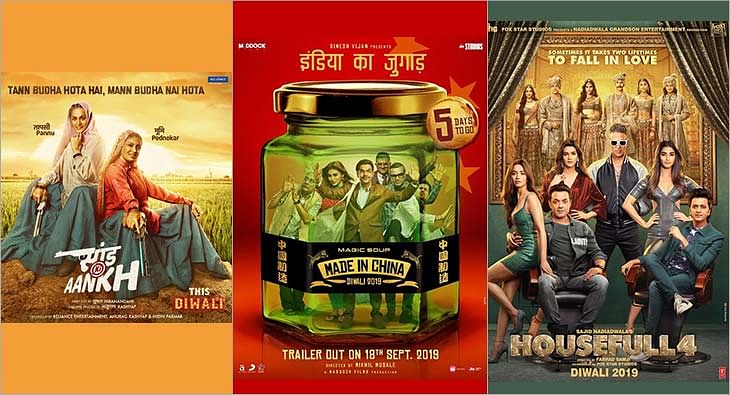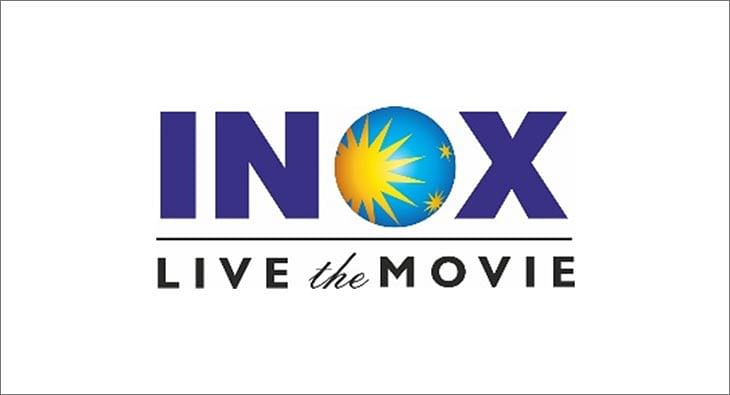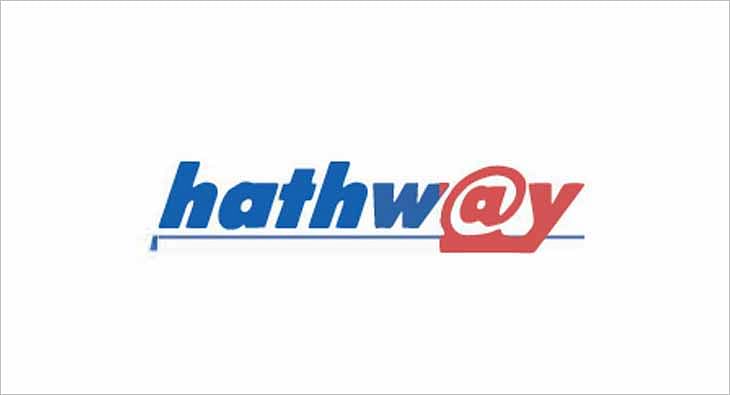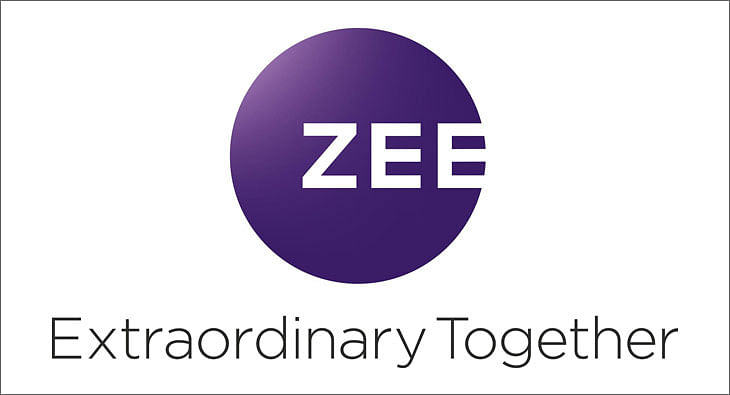Guest Column Retrofit: B-Town blues as big ticket films take a dive
Show business is feeling the pinch. Big buyers are not coming forward to pick up marquee helmed produced, directed or starred titles. The gloom has set in because two or three biggies have turned turkey at the box office this year. The euphoria of December 2008 has dissipated very quickly, leading to a sense of emptiness in B-Town, says veteran journalist <b>Sandeep Bamzai. </b>

Show business is feeling the pinch. Big buyers are not coming forward to pick up marquee helmed produced, directed or starred titles. The gloom has set in because two or three biggies have turned turkey at the box office this year. The euphoria of December 2008 has dissipated very quickly, leading to a sense of emptiness, maybe even edginess in B-Town.
Billu ‘Barber’ and ‘Delhi 6’s fate at the BO has convinced all and sundry that the triumphant aftertaste of ‘Rab Ne Bana Di Jodi’ and ‘Ghajini’ is well and truly over. Between the two, they did billings of Rs 320 crore in December. They were followed in early January by Warner Bros’ big ticket ‘Chandini Chowk to China’, which bombed on the opening weekend. It hasn’t been the same since. So, how does the mechanics of B-Town work? And why is there a squeeze now? To understand this, I spoke to several insiders and most of what I learnt was illuminating to say the least.
The entire ball of wax – the composite Indian film industry – was valued at approximately Rs 8,600 crore or thereabouts last year. These are gross billings, including tax which the customer forks out at the box office. Of this, the Hindi film industry is ballpark Rs 3,400 crore or 40 per cent. More importantly, the net size of the domestic industry (post tax) is about Rs 1,500 crore annually. This has grown substantially over the last three years or so – 16-17 per cent in 2007-08, 14-15 per cent in 2008-09 and is expected to taper off to a compounded annual growth rate of 8-9 per cent this year. Slowdown? Yes, very much so. For three legs of the movie stool are bleeding – satellite rights, VCD/DVD/Home Video and music rights. The way it works is that theatrical release contributes 45 per cent of the takings, overseas almost 20 per cent, satellite rights 15 per cent, DVD/VCD 12 per cent and music 8 per cent.
The bulk is still doing soundly – theatrical release and overseas, which is showing strong traction, but the wheels have come off the bus for the other three legs. Satellite, because the channels are floundering and hence don’t have the big bucks to pay, while piracy has acutely depressed the DVD/Home Video and music rights market. Even the theatrical release market has undergone a rapid metamorphosis over the years with the emergence of multiplexes. Thirty per cent of all billings come from Greater Mumbai and Greater Delhi markets. Eighty per cent of all revenues come from the top 30 cities. If you want greater granuality, then 20 per cent of that universe comes from six premier cities beyond Greater Mumbai and the NCR – Nagpur, Kanpur, Jaipur, Ahmedabad, Bangalore and Hyderabad.
If 50 per cent of the 80 per cent comes from eight centres essentially, the balance 22 cities make up for the balance 30 per cent in the equation. That is why when a ‘Ghajini’ or a ‘Dhoom 2’ are considered monster hits, the business comes from these towns and cities. The opening weekend collections, a hitherto unknown concept in the past, is now a determinant because of the multiplex hue and skew to this mathematical equation. ‘Ghajini’ is reportedly the biggest hit of all time, adjusting for inflation, a sum total of close to Rs 250 crore. Bigger than ‘Sholay’ and ‘DDLJ’.
Now let us take a gander at the Hindi film industry output in greater depth. Of the 250 odd films that are produced annually, the key lies in the 50 or so A-grade movies. These are the films with big star casts or under big banners with known directors, etc. Then you have the 50 or so B-grade films, which have a 20 per cent success ratio. Of these 250, as many as 50 are regional films dubbed in Hindi. The 50 A-list movies are the ones that rake in the big bucks. If Karan Johar’s Dharma Productions is unhappy with Yash Raj Films over distribution deals, then it is also because Yash Raj itself has taken a hit in recent times. Last year, only ‘Rab Ne…’ clicked, while the previous year, only ‘Chak De’ saved the day for them. Movies are now bought and sold for large amounts of money. To give you an example, Indian Film Co, owned by Raghav Bahl, bought ‘Ghajini’s domestic rights for Rs 90 crore, while the overseas rights were purchased by Reliance Big Entertainment for Rs 10 crore. Both made money in spades. But that is not necessarily true for say a UTV, which paid a lot of money for ‘Delhi 6’, or Warner Bros, which produced ‘Chandini Chowk…’ along with Ramesh Sippy. Indian Film Co incidentally also distributed two other blockbuster hits last year – ‘Golmal Returns’ and ‘Singh is King’.
Now, with cash flows crippled and the fund tap drying out, movies are stuck on the conveyor belt for no one is willing to pay the asking price. The old adage of buyer’s market and a seller’s market is very much in operation. Big’s ‘Luck By Chance’ is another flick which failed miserably this year as did ‘Victory’. However, Vishesh Films’ ‘Raaz’ managed to keep itself afloat. Coming up this year are many A listers – Ravi Chopra’s ‘Banda Yeh Bindaas Hai’, UTV’s ‘Mr aur Mrs Khanna’, Vipul Shah’s ‘London Dreams’, Big’s ‘Paathshala’, Vidhu Vinod Chopra’s ‘Three Idiots’ at the fag end of the year; Diwali release also from Big – Rakesh Roshan’s ‘Kites’; impending release – Vishal Bhardawaj’s ‘Kaminay’, Tips’ ‘Ajab Prem Ki Ghajab Kahani’, Karan Johar’s ‘Wake Up Sid’, another impending release, Yash Raj’s ‘New York’, Sajid Nadiadwala’s Akshay Kumar-starrer ‘Kambakht Ishq’, another soon-to-be-released Eros International’s ‘Aa Dekhen Zara’, UTV’s ‘What is Your Rashee’, Madhur Bhandarkar’s ‘Jail’, Aamir Khan’s ‘Delhi Belly’, Karan Johar’s SRK-starrer ‘My Name is Khan’, Eros’ ‘Alladin’, another Karan Johar film ‘Jehaad’, Saif Ali Khan’s first home production helmed by Imtiaz Ali, and Shree Ashtavinayak’s ‘Blue’, and many more.
Prima facie, several of these films appear to be promising. Some have the necessary ingredients – big banners, big helmsmen, big stars – but their fate will only be known at the BO once they are released. Circa 2009 is in dire need of a hit. Only the sleeper ‘DevD’ has clicked big time this year, along with ‘Raaz’. Last year during the IPL, ‘Jannat’ set against a cricket backdrop worked. This year is complicated – elections and the IPL overlapping. The economic meltdown all pervasive. The only reason why the Hindi film industry is still keeping its head above water in 2009 is the overseas market, which has grown by leaps and bounds over time. Connecting with the diaspora, ‘Delhi 6’ has done well abroad, even if it has failed abysmally at home.
Overseas now is worth as much as $125 million or Rs 650 crore net of tax and this, coupled with the domestic net billings of Rs 1,500 crore, make up the size of the Hindi film industry. As much as Rs 2,000 crore post tax. Industry insiders reckon that if the going remains robust, then by 2010-11, it should be worth Rs 3,000 crore. For that, satellite rights hit by a severe liquidity crunch and DVD/VCD and music rights torpedoed by piracy have to revive. Of course, the multiplexes at home and abroad have to be full to the rafters.
Only then will a beleaguered industry be able to raise its hand and be counted again. Till then, it needs a booster dose of another ‘Ghajini’.
(All the figures rounded off are sourced from industry)
(Sandeep Bamzai is a well-known journalist who started his career with The Statesman in Kolkata in 1984. He has held senior editorial positions in some of the biggest media houses in three different cities - Kolkata, Mumbai and New Delhi - with The Indian Express, Illustrated Weekly, Sunday Observer, Dalal Street Journal, Plus Channel where he ran India's first morning business show on Doordarshan, The Times of India Group, Business India, Hindustan Times and Reliance Big Entertainment. Starting his career as a cricket writer, he graduated to becoming a man for all seasons under Pritish Nandy, who he considers as the premier influence on his career. Since he studied economics at Calcutta University, Bamzai decided in 1993 to branch out into business and financial journalism. Familiar with all three media, he is the author of three different books on cricket and Kashmir. The views expressed here are of the writer’s and not necessarily those of the editors and publisher of exchange4media.com.)
Read more news about (internet advertising India, internet advertising, advertising India, digital advertising India, media advertising India)
For more updates, be socially connected with us onInstagram, LinkedIn, Twitter, Facebook Youtube & Whatsapp
You May Also Like
HT Media posts Consolidated Total Revenue of Rs 580 crore in Q2
Chairperson and Editorial Director Shobhana Bhartia says due to lower commodity prices and control on costs there has been an improvement in operating profit
HT Media has posted a Consolidated Total Revenue for Q2, 2020 at Rs 580 crore.
As per a statement released by the company, EBITDA for Q2’20 increased by 139%, and margins at 14% vis-à-vis 6% in previous year. This has been driven by softening of newsprint prices and continued focus on cost.
The Net Cash position at a consolidated level continues to be strong.
The Print ad revenue has declined due to sluggish volumes, even as yields have improved. National advertising continues to be soft, although local advertising witnessed growth.
Savings in raw material costs have driven improvement in EBITDA margins.
Chairperson and Editorial Director Shobhana Bhartia said, “Slowing economic growth has hit advertising spends in key categories, putting pressure on revenues across the media industry. As a result, our Print and Radio (on like to like basis) businesses saw revenues dip as compared to a year-ago. However, thanks to lower commodity prices and a tight control on costs, we saw an improvement in our operating profit. On the digital front, Shine, our online recruitment portal has shown good progress and continues to grow. Our outlook for the coming quarter remains cautious, given overall economic sentiment and macroeconomic trends. Cost-control and falling commodity prices should help protect our margins.”
Read more news about (internet advertising India, internet advertising, advertising India, digital advertising India, media advertising India)
For more updates, be socially connected with us onInstagram, LinkedIn, Twitter, Facebook Youtube & Whatsapp
ABP Group posts Rs 15.70 crore as net profit in Q1 FY20
The group’s total operating income stands at Rs 365.55 crore
ABP Group has posted a net profit of Rs 15.70 crore in the first quarter of FY20, as per media reports.
The group’s total operating income stands at Rs 365.55 crore.
It’s net profit for the fiscal ended March 31, 2019, was down 68% to Rs 31.90 crore compared to the previous fiscal.
The Profit Before Interest Lease Depreciation and Tax (PBILDT) has also dropped 53.52% to Rs 107.12 crore.
The group has six news channels - ABP News (Hindi), ABP Ananda (Bengali) ABP Majha (Marathi) and ABP Asmita (Gujarati), ABP Sanjha (Punjabi) and ABP Ganga (Hindi).
Read more news about (internet advertising India, internet advertising, advertising India, digital advertising India, media advertising India)
For more updates, be socially connected with us onInstagram, LinkedIn, Twitter, Facebook Youtube & Whatsapp
Zee Media posts consolidated revenue of Rs 137.03 crore for Q2 FY20
ZMCL has recorded 4.4% growth in operating revenue for first half of FY20
Zee Media Corporation Ltd (ZMCL) has posted a 4.4 per cent growth in operating revenue to Rs 337.6 crore in the first half of FY20, as per media reports.
It has reported a consolidated revenue of Rs 137.03 crore for Q2 FY20.
In a statement, ZMCL has said: “During the quarter, the network expanded its footprint s into Southern India through the launch of Zee Hindustan in Tamil and Telugu languages. This is intended to make the network's content accessible to wider audience.”
The operating expenditure in Q2FY20 has dropped by 21.7 per cent.
The statement further said: “EBITDA for HlFY20 improved by 34.1 per cent to Rs 1,029 million from Rs 767.5 million EBITDA for H1FY19, while the same declined by 9.4 per cent to Rs 370.2 million from Rs 408.7 million for the corresponding period last financial year. EBITDA Margin grew from 23.7 per cent in H1FY19 to 30.5 per cent in HlFY20, while growing from 24.2 per cent in Q2FY19 to 27 per cent in Q2FY20.”
Read more news about (internet advertising India, internet advertising, advertising India, digital advertising India, media advertising India)
For more updates, be socially connected with us onInstagram, LinkedIn, Twitter, Facebook Youtube & Whatsapp
No slowdown here: In-cinema ad rates up by at least 50% for 3 big Diwali releases
Housefull 4, Made In China and Saand Ki Aankh ready to hit the silver screen this week, with the hopes of giving brands the eyeballs they look for in theatres
It’s that time of the year again when theatres gear up to pocket maximum gains. Diwali is here and there are three films ready to hit the silver screen this week--Housefull 4, Made In China and Saand Ki Aankh. The festive period brings much joy to exhibitors, distributors and theatre owners because it ensures footfalls, giving brands the eyeballs they look for. In fact, industry experts don’t feel that economic slowdown this year has impacted in-cinema advertising. While they are concerned about three movies clashing during Diwali, they predict 50-100 per cent rise in ad rates during this period.
Advertising moolah
Mohan Umrotkar, CEO, Carnival Cinemas, is expecting 60-70 per cent surge in advertisement topline compared to last year. “Going by the buzz and advance booking for these three releases, market is bullish. Advertisers have blocked most of the advt-slots during the festival period. Housefull 4, Made In China and Saand Ki Aankh all combined together should generate around Rs 350 crore topline at the box office during the festival week. We are expecting 60-70 per cent surge in the advertisement topline from last year. Also, this year we have added around 14 per cent new advertisers, and 4 per cent of them are first-time cinema advertisers,” he says.
But according to Siddharth Bhardwaj, Chief Marketing Officer - Head of Enterprise Sales, UFO Moviez, things have changed a lot in the last couple of years. “Since some films have not really lived up to their expectation, advertisers are spreading the spends all through the year. They are picking up far more number of titles in the year rather than focusing only on Diwali or Eid.”
“It is good for the industry because you can monetise the inventories beyond just big weeks. A lot of content- driven films have come up which has given us the opportunity to monetise more markets. It has put lesser pressure on Diwali. Most of the cinemas are sold out for Diwali. It becomes difficult to accommodate everything,” Bharadwaj opines. He also reveals that for this week, the inventories are already full.
Diwali ad rates
Experts reveal that ad rates differ from property to property and depends on location as well. But Diwali surely sees a massive hike in rates. This year, theatre owners are expecting 100 per cent rise in ad rates. While Umrotkar revealed that for Diwali, they are charging 100 per cent higher than the regular card rates, Girish Johar, trade analyst and film producer, shared that even the rates for putting up kiosks of brands go up during festivals like Diwali.
“It’s based on property. On a ballpark, ad rates double up. So if you are putting up a kiosk, they charge say Rs 50,000-25,000 for a month. During Diwali, they charge almost double because of the kind of footfalls theatres witness,” Johar revealed.
Economic slowdown? Not for Cinema!
This year, brands have been pulling back their spends on other mediums due to economic slowdown, but cinema seems unaffected. Calling entertainment business recession-proof, Johar explains, “If you see the other side, box office is up by 15-20 per cent. Yes, it is a bit subdued because the brands are in a wait-and- watch scenario. They are increasing their focus around consumption rather than awareness.”
Bharadwaj too seconded it by saying, “These are challenging times but our medium is very efficient. If you see economy has slowed down, but the cinema has grown instead.”
Clash cover
Three movies are clashing this Diwali which means shared screens and box office gains.
“It’s never good for us when two or more big-ticket films release together. If they would have come on different dates, there are chances that more advertisers will take advt. inventory in those weeks separately instead of that one particular week,” shares Umrotkar.
Read more news about (internet advertising India, internet advertising, advertising India, digital advertising India, media advertising India)
For more updates, be socially connected with us onInstagram, LinkedIn, Twitter, Facebook Youtube & Whatsapp
INOX Leisure Ltd sees 42% growth in total revenue
Profit After Tax up 327% to Rs 51 crore
INOX Leisure Ltd (INOX) has reported financials for the second quarter ending September 2019.
Its total revenue has risen to Rs 524 crore with a 42% growth from Rs 369 crore in the corresponding quarter in FY19. Its EBITDA has more than doubled to Rs 107 crore with a 121% growth, while the PAT stood at an impressive Rs 51 crore, up 327% from previous year’s second quarter.
Siddharth Jain, Director, INOX Group, said: “At INOX, setting new benchmarks is now a routine, thanks to our consistently sharp focus on luxury, service and technology and our uncompromised desire to offer our patrons, nothing but the latest and the best! We are delighted with our remarkable consistency on all parameters, and we are sure about maintaining the momentum and focus on innovativeness. Content once again proved that why we term it as the ‘hero’. Thanks to the creators of such spellbinding movies, which keep inviting our guests to our properties, and allowing us to pamper them with our signature hospitality. With the launch of Megaplex, we are delighted to further our endeavor of developing experience-driven cinema destinations of global standards, and we will continue to do so. On behalf of Team INOX, I assure all our stakeholders that we will continue to break barriers and exceed all expectations.”
Read more news about (internet advertising India, internet advertising, advertising India, digital advertising India, media advertising India)
For more updates, be socially connected with us onInstagram, LinkedIn, Twitter, Facebook Youtube & Whatsapp
Hathway Cable & Datacom reports 100% subscription collection efficiency in Q2
The broadband subscriber base has increased from the previous quarter’s 840,000 to 860,000
Hathway Cable and Datacom has reported subscription collection efficiency at 100%, and the broadband subscriber base has increased from previous quarter’s 840,000 to 860,000 in quarter ending September, as per media reports.
It has narrowed its consolidated net loss by 74% and the operating EBITDA has been reported 15% up to Rs 107.5 crore compared to Rs 93.1 crore a quarter ago.
The total income has dropped 2%, while the expenditure is down 6%.
In the financial results, the company has said the FTTH markets are leading growth in customer acquisition.
Read more news about (internet advertising India, internet advertising, advertising India, digital advertising India, media advertising India)
For more updates, be socially connected with us onInstagram, LinkedIn, Twitter, Facebook Youtube & Whatsapp
ZEEL posts 7.4% YoY growth in total revenue for Q2 FY20
ZEEL's domestic advertising revenue has grown 1.4% YoY in Q2FY20
Zee Entertainment Enterprises Limited (ZEEL) has reported a consolidated revenue of Rs 2,122 crore for the second quarter of FY20, recording a growth of 7.4% on YoY basis.
The Earnings Before Interest, Tax, Depreciation and Amortization (EBITDA) was recorded as Rs 692.9 crore with an EBITDA margin of 32.7%. PAT for the quarter was Rs 413.2 crore. The Profit After Tax (PAT) for the quarter was Rs 413.2 million, with a growth of 6.9% YoY.
During the second quarter, ZEEL’s consolidated advertising revenue grew by 1.2% YoY to Rs 1,224.7 crore. The domestic advertising revenues grew by 1.4% YoY to Rs 1169 crore.
ZEEL has posted 26.8% YoY growth in Q2FY20 domestic subscription revenue. ZEEL’s consolidated subscription revenue grew by 19.0% to Rs 723.5 crore during the quarter.
ZEEL’s total expenditure in Q2FY20 stood at Rs 1429.1 crore, higher by 9.9% YoY compared to Q2FY19.
While ZEE5 recorded a peak DAU (Daily Active User) base of 8.9 million in September 2019, ZEE5 users watched an average of 120 minutes of content on the platform in the same month.
During Q2 FY20, the television network had an all-India viewership share of 18.4%.
During the quarter, ZEEL’s international business revenue was Rs 208.2 crore. The advertising and subscription revenues for international business declined by 4.0% YoY and 21.5% YoY, respectively.
Zee Music Company has registered 7.1 billion views on YouTube in Q2.
Punit Goenka, Managing Director and CEO, ZEEL, said, “I am pleased with the performance we have exhibited during the quarter. Our entertainment portfolio continues to grow from strength to strength across all formats and maintained its leading position. Our television network has emerged stronger post the implementation of tariff order on the back of a strong customer connect and brand pull of its channels. ZEE5 continued to gain traction across audience segments and markets, driven by its compelling content library and expanding list of partnerships across the digital eco-system. This strong operating performance allowed us to deliver industry leading growth in both advertising and subscription despite the tough macro-economic environment. Domestic subscription growth of 27% has reaffirmed the value proposition our television network has built over the years. The impact of tariff order has now largely settled down and has brought increased transparency along with improved monetization. Our domestic advertising revenue growth, though significantly lower than historical trend, is higher than the industry growth. We have witnessed an improvement in ad spends through the quarter and we believe that the onset of festive season along with measures taken by the government will help revive the consumption growth.”
Read more news about (internet advertising India, internet advertising, advertising India, digital advertising India, media advertising India)
For more updates, be socially connected with us onInstagram, LinkedIn, Twitter, Facebook Youtube & Whatsapp




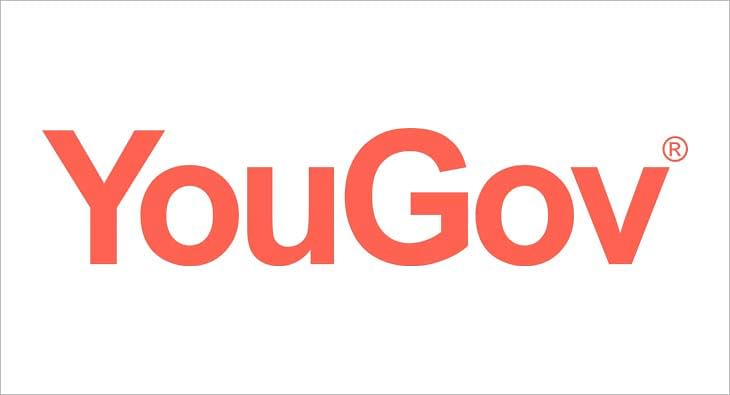
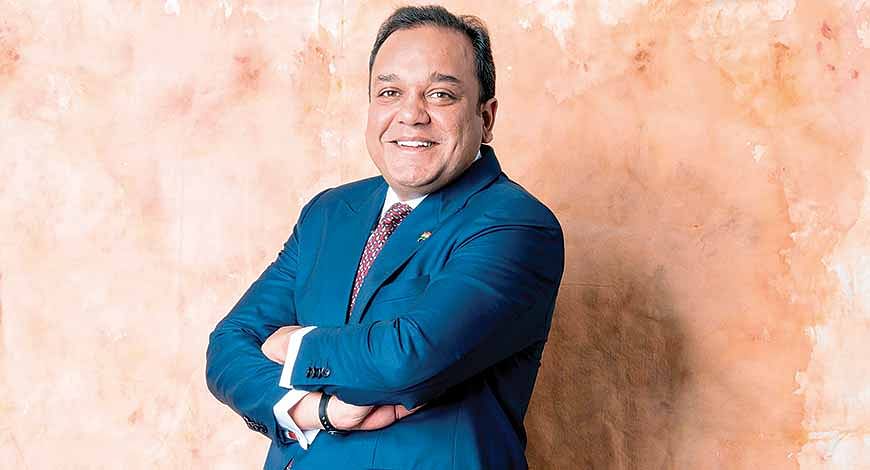
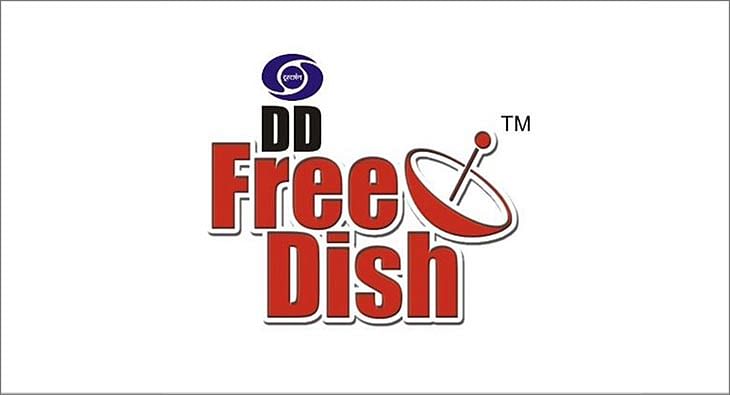







 Share
Share